Biodiversity and Wild Herbs
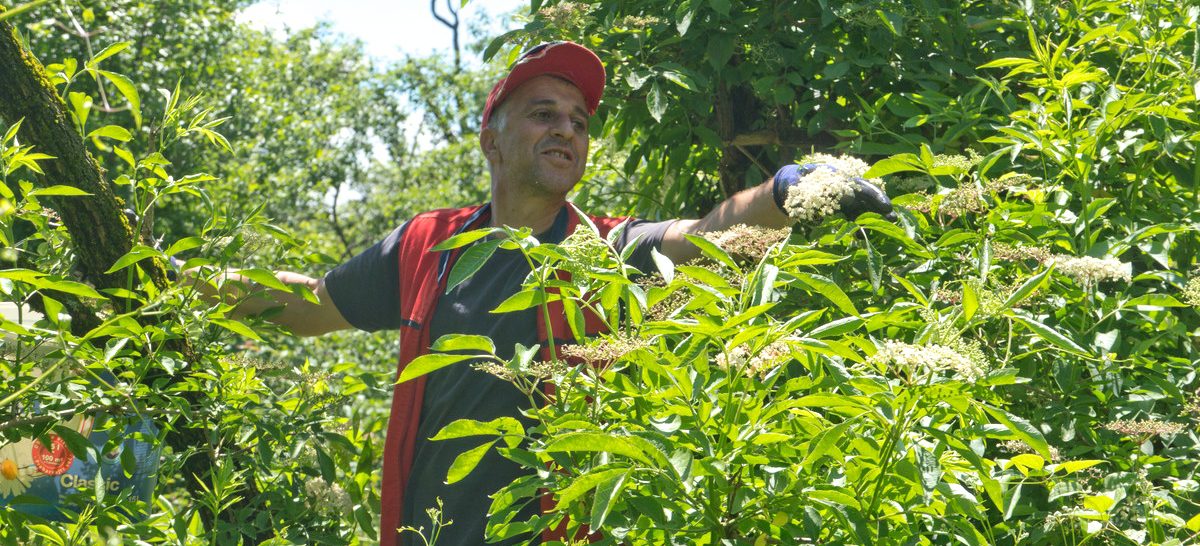
“If it is important for humans to continue to exist, then everyone really needs to be concerned with biodiversity conservation, and loss of habitat, and loss of roaming areas for big mammals, and loss of pollinators, and loss of plants the pollinators need. All of this is spinning out of control; meanwhile, people are just watching their television sets and their hand held devices and playing games while the whole thing unravels.”
— Josef Brinckmann
What is at Stake
Thirty thousand plant species are said to be used for medicinal purposes (Wild at Home Traffic: 2018). Experts estimate that 4000-6000 species are traded internationally (The Kew Royal Botanical Garden has two excellent website providing an in-depth exploration of the State of the World’s Plants, Another invaluable resource is Kew’s Medicinal Plant Names Service). Most of these species come from the wild, harvested by wild collectors who make pennies for their labor. One in five plants is believed to be threatened by over-harvesting and habitat loss (Wild at Home Traffic: 2018). And, as younger generations move to the cities, the traditional knowledge of these plants and harvesting techniques is being lost.
Efforts are being made to cultivate more medicinal plants, yet in many cases cultivation may not be a viable solution. Many are difficult to cultivate. As importantly, wild collection is an important source of income for marginal communities and a way of generating livelihoods that keeps wild places – and traditional cultures – intact.
Over-harvesting, land-use change, and climate change are the major drivers contributing to the decline of wild plant resources and a concurrent decline in biological diversity around the world. This impacts the supply of medicinal plants. Maintaining healthy and diverse plant populations is crucial to ensuring the overall health of the planet, which in turn is the most sustainable way of ensuring human health.
Sustainability Certifications: What You Can Do
“As herbalism becomes popular again, nothing could be worse than our trying to promote awareness around using plants and to then harm the earth in that process. That would be an oxymoron.” — Sebastian Pole
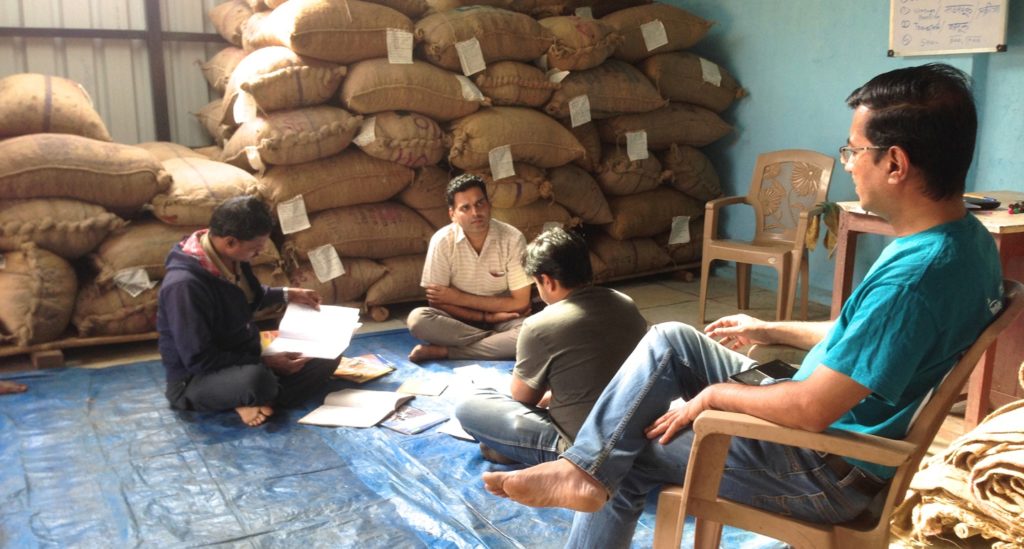
Training to prepare staff for a FairWild certification, Applied Environmental Research Foundation, India.
A handful of companies are taking the lead in addressing the issues of cultural, economic and ecological sustainability inherent in wild collection. They are grappling with a range of challenges including: dwindling plant resources; the limits of organic certification as a standard for wild collected materials; younger generations no longer interested in the difficult work of wild collection, leading both to a decline in labor as well as a loss in the traditional knowledge of their local ecosystems; and the increasing impacts of climate change which is disrupting the life cycle of different species. This in turn impacts harvesting cycles, subsistence economies and more.
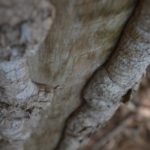
This bark was harvested as part of a study conducted by Pukka Herbs on the sustainability of different harvesting practices.
These issues are far larger than what individual companies can tackle on their own. As consumers, we can help by letting the companies we buy products from – whether herbal medicine, or herbal tea, or cosmetics made with plants – know that we care about sustainability of the plants. Let them know that we are paying attention to how they address these issues. Start by asking whether the plants they use are wild collected or cultivated. For herbs bought on the open market through distributors, companies likely won’t know the answer. If they say that they do, ask how they know. Ask what steps are being taken to ensure the sustainability of the collection practices and what certifications they support.
While a key strategy in reducing declining plant resources, cultivation does not always offer a long-term sustainable solution to wild collection. Bringing plants into cultivation may contribute to removing the economic incentives for conservation and removes the only income for poor and/or rural people in some countries. Below are two programs working to bring accountability to wild collection around the world.
1. Fair Wild Standard
“I became interested in developing standards for wild collection because I became tired of seeing products in the market that claimed to be ‘ethically wildcrafted.’ If you call the company and you ask them, how did you verify that, by what standards? They didn’t have any evidence to support the claim. Have those companies done a full survey of the collection area over many years? Do they have statistics on the regrowth? Do they know how much has been taken out? Do they know the effect on related species? Have they looked at it carefully? And in many cases, the answer to all of these questions is no.” — Josef Brinckmann
The FairWild Standard is a best practice standard for sustainable wild harvesting and equitable fair trade. Created through a multi-stakeholder consultation process, FairWild was developed in response to the weakness of organic regulations for wild collected plants. Because these regulations are vague about the requirements of organic wild collection (in terms of site requirements, traceability, and resource management protocols to ensure sustainability, there is a wide range in the quality of its implementation. FairWild, considered the gold standard of sustainability certifications, includes the following:
- Pays more money for collectors and creates a premium fund.
- Collectors harvest herbs from designated FairWild certified areas and store the herbs in particular sections of collecting units and processing facility warehouses. This creates traceability all the way through the supply chain.
- Since there is still not enough consumer demand for FairWild certified raw materials, the investments in the program (extensive resource inventories, tracing the plants, cost of certification) still outweigh the benefits (from the added income collectors receive for their plants and premium fund).
FairWild Commercial Challenges
Gus Le Breton, CEO of B’Ayoba, a producer company in Zimbabwe, talks about the commercial challenges of participating in the FairWild standard in this short video.
Over 20 companies are currently involved in production and trade of certified ingredients. More companies need to come on board for the standard to succeed. Find out more about FairWild and their worldwide efforts to raise awareness around cultural, economic and environmental sustainability of wild collected plants. Ask companies you support to consider adopting FairWild certified ingredients.
2. United Plant Savers/Forest Botanicals
The Future of Ginseng and Forest Botanicals Symposium
In 2014, United Plant Savers (UpS) held a Ginseng Summit of Key Stakeholders that identified issues and obstacles to sustainable American ginseng markets and management in the Appalachian Region. They then decided to collaborate with United States Fish and Wildlife on a critical symposium to share not only important new research but to chart a way forward to ensure the future of ginseng and forest botanicals of Appalachia. A 2017 symposium focused on current research on American ginseng and other forest botanicals, regulations and policy, and continues to foster key connections between those engaged in conservation, cultivation, and commerce of forest botanicals at private, state, tribal, and federal land ownership levels.
This video summarizes the key issues addressed at the conference and you can download a copy of the proceedings from the UpS site.
Conservation Through Cultivation: Forest Grown Verification for the Profitable Production of Medicinal Herbs
Rural Action (a membership-based nonprofit working in the southeast and central eastern counties of Appalachian Ohio since 1991) and United Plant Savers have been collaborating to offer workshops on stewardship of native medicinal plants and forest management for landowners. They received a USDA CIG (Conservation Innovation Grant) AWARD for 2017 to continue developing educational resources to increase profitability for underserved forest farmers and develop local markets.
UpS Botanical Sanctuary
The UpS 360-acre Botanical Sanctuary in the Appalachian Foothills of Southeastern Ohio is a beautiful refuge for wild medicinal plants. In addition to being an educational center and sanctuary, the Center for Medicinal Plant Conservation, due to open next year, will feature a small museum on the use of forest botanicals in the Eclectic medical tradition.
3. IUCN Red List and The Union for Ethical Biotrade
The International Union for Conservation of Nature’s (IUCN) Red List of Threatened Species brings together the world’s most comprehensive information on the global conservation status of animal, fungal, and plant species. The IUCN Red List measures the pressures on species based on a set of quantitative criteria that estimate the risk of extinction. This list is an important indicator of the health of the world’s biodiversity and a powerful tool to educate and catalyze action for biodiversity conservation.
Unfortunately, many medicinal and aromatic plants have not yet been assessed. To date, only around 7% of ca. 28,000 species that have well-documented uses as medicinal and aromatic plants have been assessed against the extinction threat criteria of the IUCN Red List (and nearly 20% of those are believed to be in urgent need of re-assessment). Based on these assessments, one in five of the world’s medicinal and aromatic plant species is threatened, i.e., assessed as Critically Endangered, Endangered, or Vulnerable under the IUCN threatened species criteria.
The proportion of threatened plants varies considerably from region to region, and comprehensive assessments of this group of species are needed. In North America, for example, IUCN Medicinal Plant Specialist Group, Albuquerque Bio-Park, and NatureServe are collaborating on assessing all North American medicinal and aromatic plants, an effort that requires further investment and additional collaborations.
See Protecting Goldenseal: How Status Assessments Inform Conservation, a recent article in Herbalgram that discusses how the International Union for the Conservation of Nature (IUCN) Red List listing has impacted the conservation status of goldenseal.
Tools for Assessing the Conservation Status
While none of these are complete and these don’t typically address issues relating to trade, these resources are a good place to begin assessing the conservation status of medicinal plants:*
- CITES – Checklist of CITES Species
- ENVIS Indian and Global Species Database
- GBIF – Global Biodiversity Information Facility database
- IUCN Red List of Threatened Species
- NATURESERVE EXPLORER
- NBA – National Biodiversity Authority, Government of India (links to lists of species of plants which are on the verge of extinction)
- SPECIES+ (includes conservation and national regulatory controls info for both CITES-listed and non-CITES-listed species)
- UpS Species At Risk List
- Plants in Commerce — SHP is compiling profiles of plants in commerce that discusses issues relating to sustainability, trade and sourcing. We will continue to build this collection, which now includes black cohosh, saw palmetto, turmeric, and oshá, among others.
*Josef Brinckmann points out that many online databases or lists of threatened plant species (at the national or sub-national level) are published only in the language of the country.
For background on harvesting and wild collectors, see Wild Collection.
Header photo – FairWild collection of elder flower in Bosnia, by Pukka Herbs.

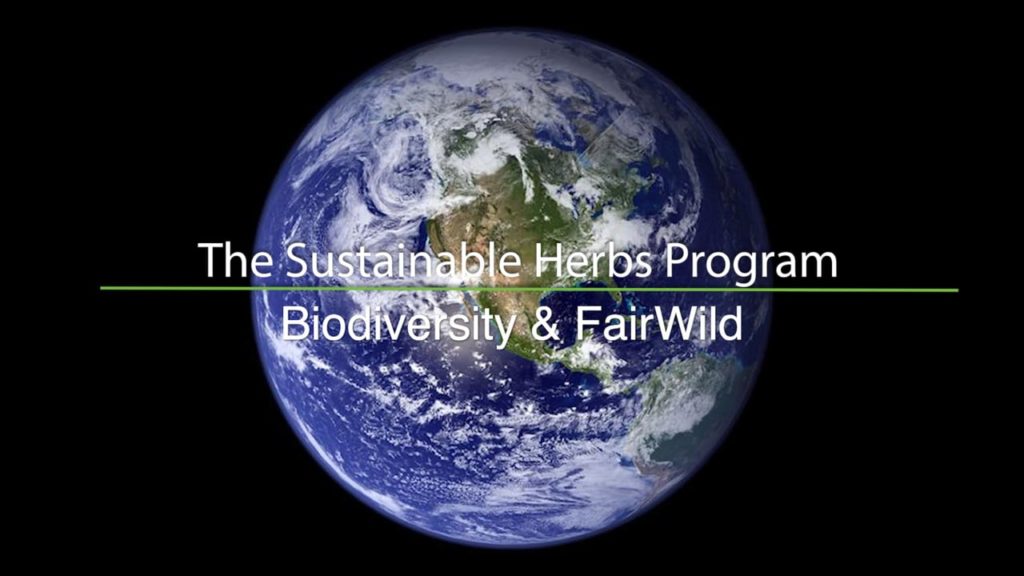
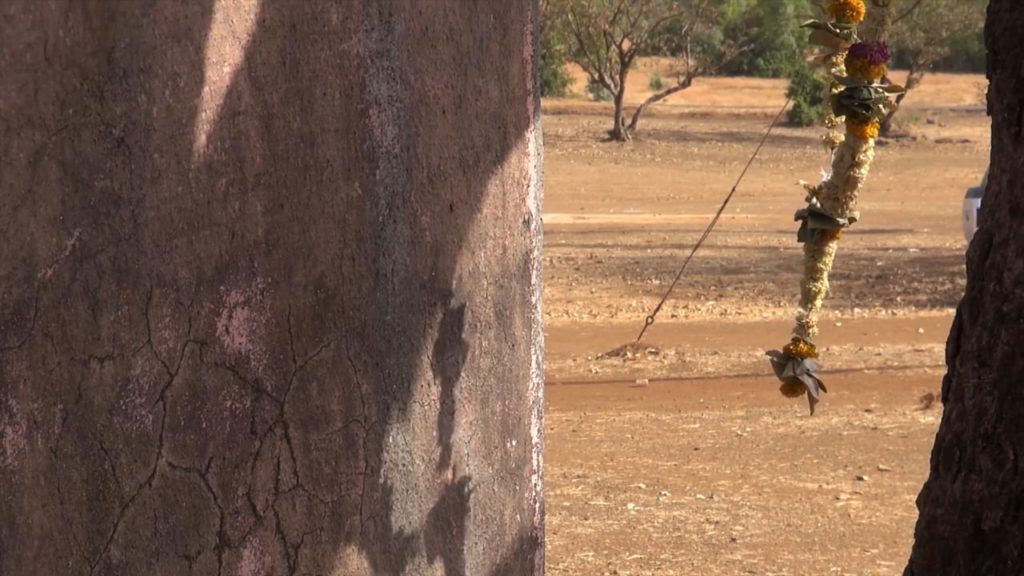

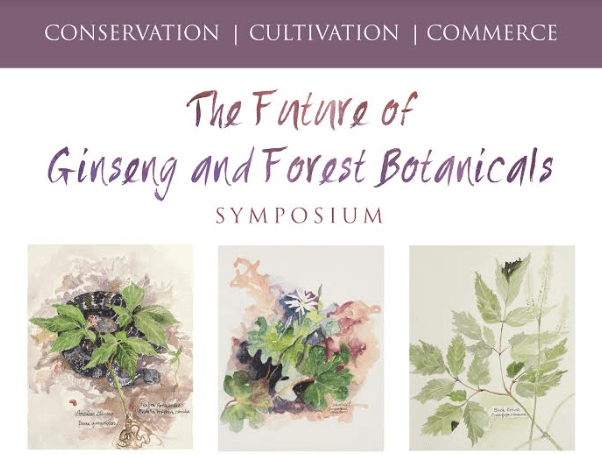
Comments